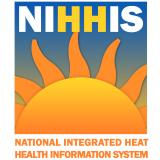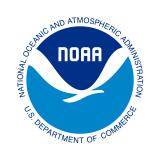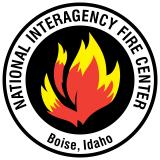2022 Western Drought and Heat Webinar
Over 72% of the Western U.S. and Southern Plains were in drought, according to the July 19 U.S. Drought Monitor. But that 72% only tells a portion of the story.
Most of the western U.S., including southern Montana to northern Mexico and from the Pacific Ocean to the Rocky Mountains, is experiencing the region's driest megadrought in at least 1,200 years. One of the key drivers intensifying this megadrought is climate change, as warmer temperatures are increasing evaporative demand and drying out soil and vegetation. Impacts are severe. Lakes Powell and Mead, along with the Great Salt Lake, are at record low levels; parts of California are facing unprecedented water restrictions; and New Mexico is currently dealing with the two largest wildfires in state history. As temperatures continue to rise over time, impacts are likely to worsen.
The 2022 Western Drought and Heat Webinar, co-hosted by the National Integrated Drought Information System (NIDIS) and National Heat Health Information System (NIHHIS), provided the latest information on current drought, heat, and fire conditions and forecasts, as well as the serious impacts to diverse sectors of the economy and communities throughout the West. Perspectives from those on the ground who are responding to these worsening drought and heat conditions were also shared.
For more information, please contact Adam Lang (adam.lang@noaa.gov).
Key Partners
The 2022 Western Drought and Heat Webinar assembled stakeholders, decision makers, and drought experts for an informational webinar on drought conditions and response efforts in the Southern Plains. This webinar was co-hosted by NOAA’s National Integrated Drought Information System (NIDIS) and National Integrated Heat Health Information System (NIHHIS) in collaboration with NOAA’s National Weather Service, USDA’s Office of the Chief Economist, along with Federal, Tribal, State, and local partners.












